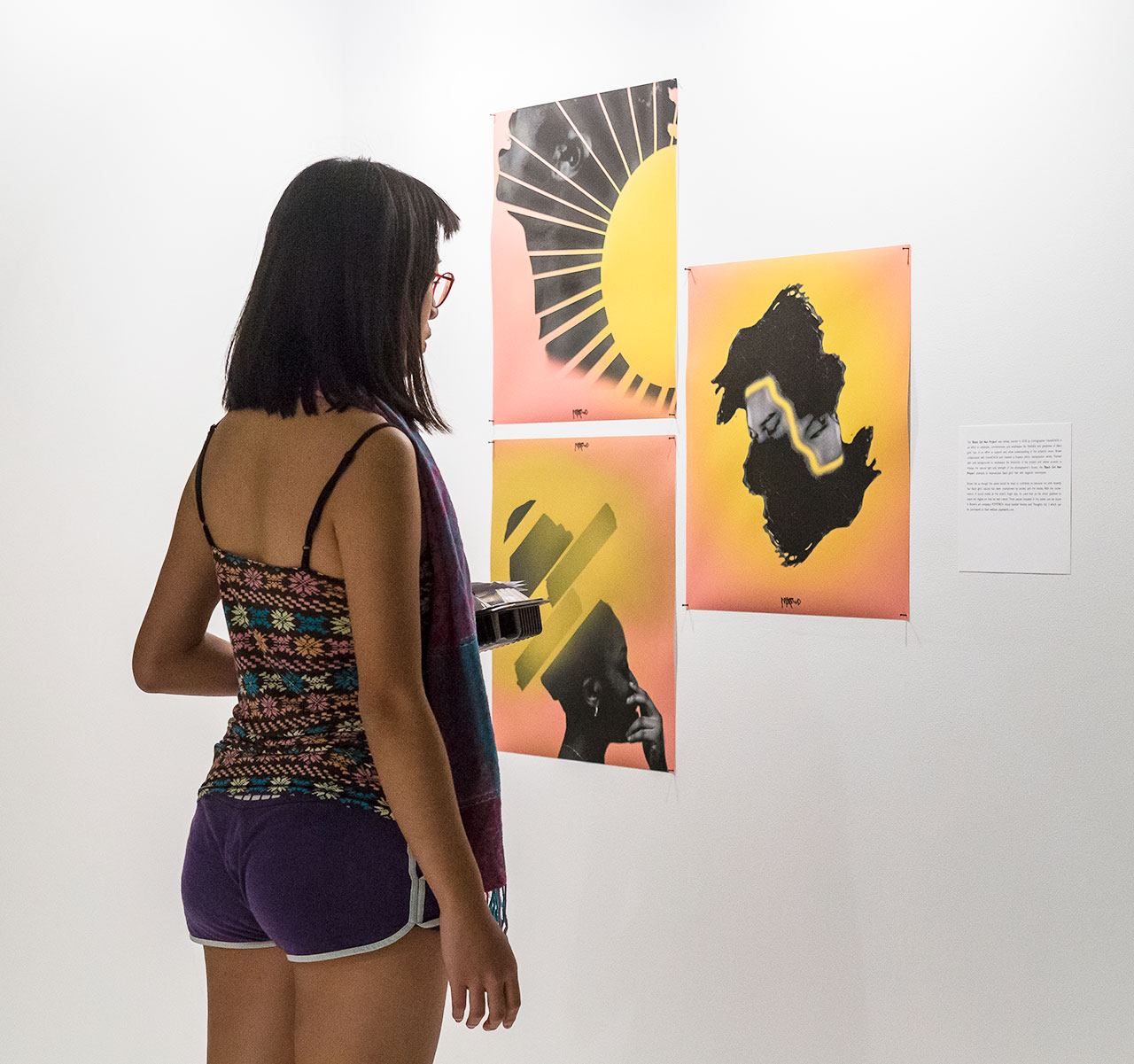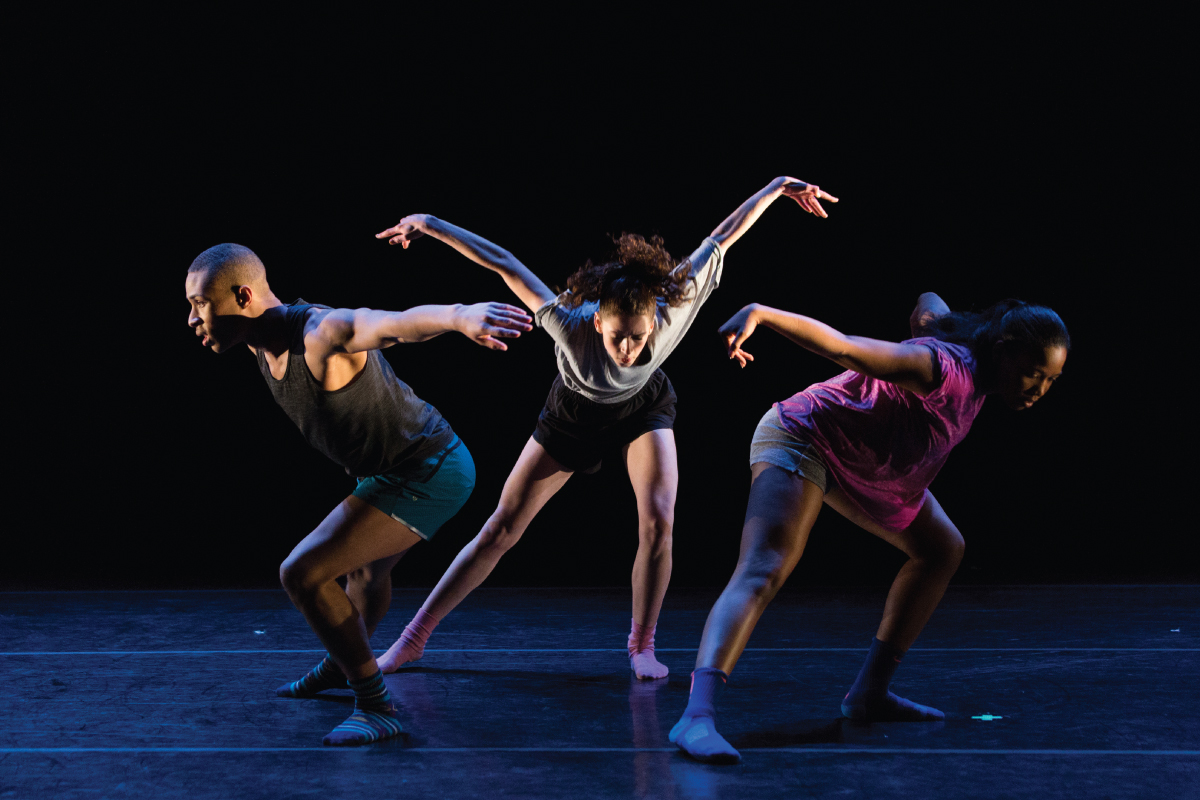Published March 21, 2022
Welcome to the Gallatin WetLab, Where Art and Science Meet

The line between art and science is a blurry one. And at the Gallatin WetLab, the already porous divisions between the disciplines melt away. Here, students, artists, and researchers seek interdisciplinary ways to address the climate crisis. Codirected by professors Eugenia Kisin and Karen Holmberg, the art-science laboratory and experimental space is housed in a historic home on Governors Island, a 172-acre island in New York Harbor.
“We’re looking past the nihilism,” explains Holmberg. A volcanologist and archaeologist, she’s a Gallatin research scientist and assistant professor of environmental science. “I’ve dealt with environmental disasters for 30 years now. At some point, you have to get past the grief and take action in a way that’s optimistic. With the WetLab, we’re answering questions like, ‘How can we make things better?ʼ ‘What are the simple, natural fixes that we’re overlooking?ʼ And, ‘What haven’t we thought of yet?’”
A Space to Teach and Learn
So how did the WetLab come to be? “It was kismet,” says Holmberg. Both Kisin and Holmberg have been taking their daughters to Governors Island for years. Just minutes from Manhattan, it’s an oasis of green space. “Karen and I realized that our work intersected in really organic and interesting ways. We wanted to bring the relatively new discipline of art-science to students and the broader public,” explains Kisin. In addition to codirecting the WetLab, she’s an art anthropologist and Gallatin assistant professor of art and society. From there, the pair sought a space that would allow for “messy experimentation.” When the historic house at 403 Colonels Row, Governors Island, became available, they knew they’d found their dream laboratory-gallery.
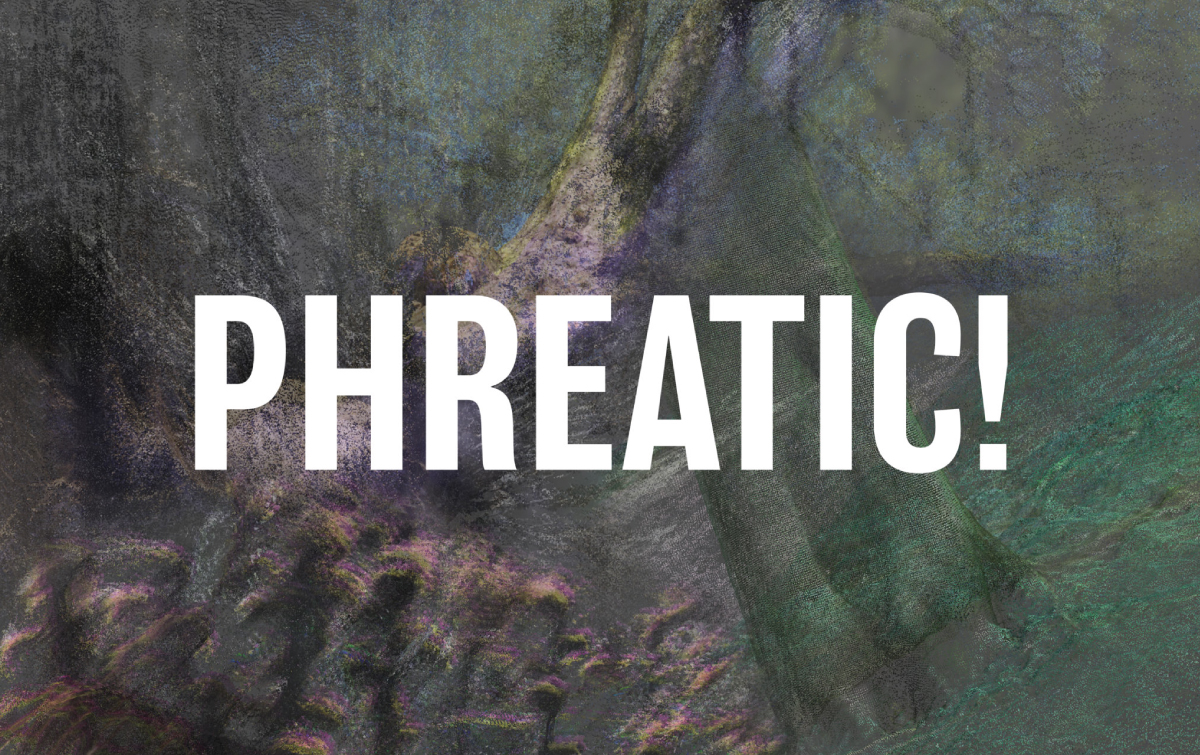
Connecting Art and Science
Already, the WetLab has played host to four unique exhibitions. In each, interdisciplinary student artists work with atypical artistic materials, such as algae, water, mushrooms, and dirt. The inaugural exhibit, PHREATIC!, explored the cyclical nature of destruction and regeneration through art. Since then, other exhibits have examined topics such as collective loss and environmental injustice through narrative films, paintings, sculpture, and sound. For example, student Annick Saralegui’s show, Domestic Science: Fermented Landscapes of Change, used sake samples at different fermentation stages as an analogy for the climate crisis and fermented ecologies.
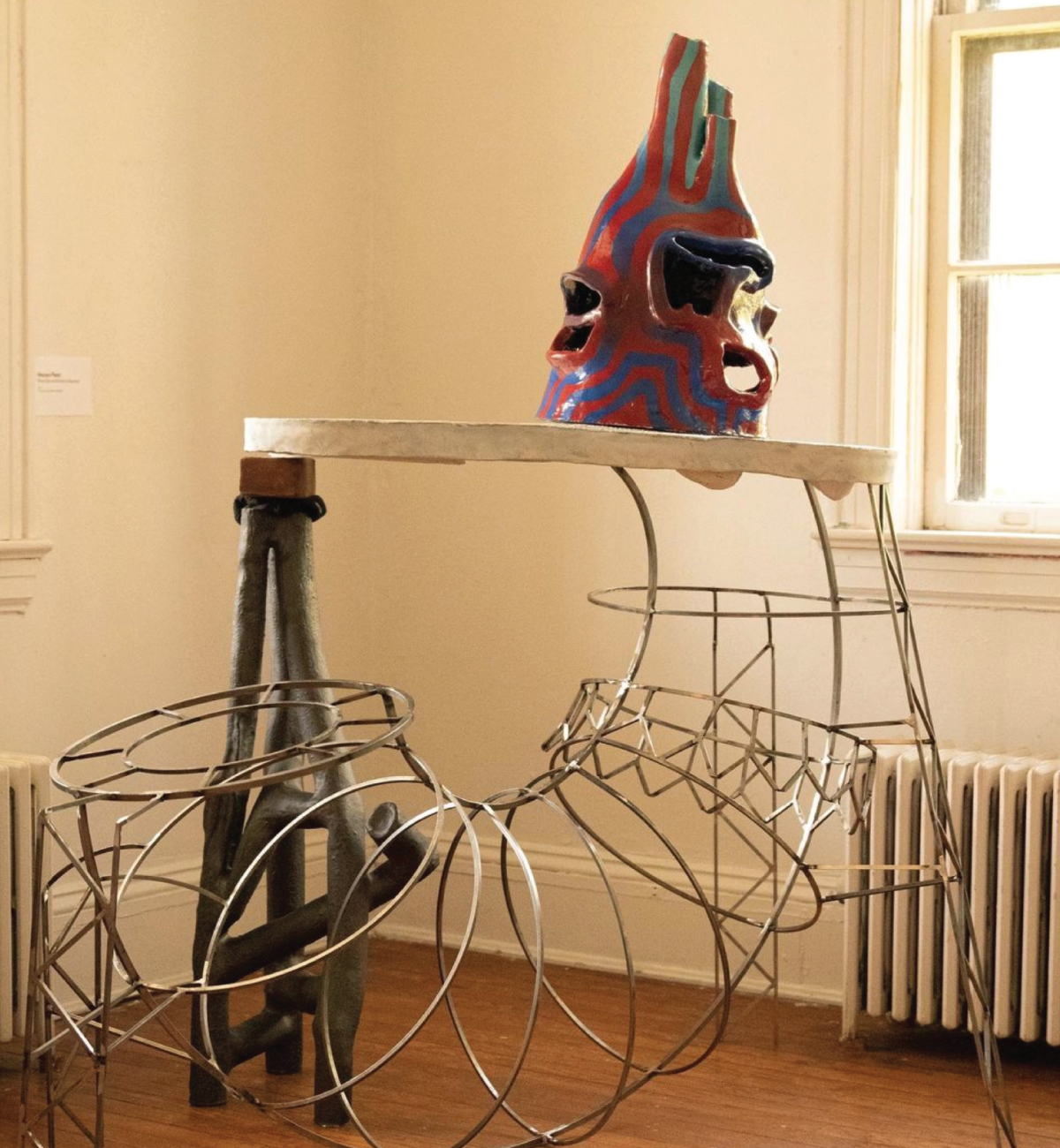
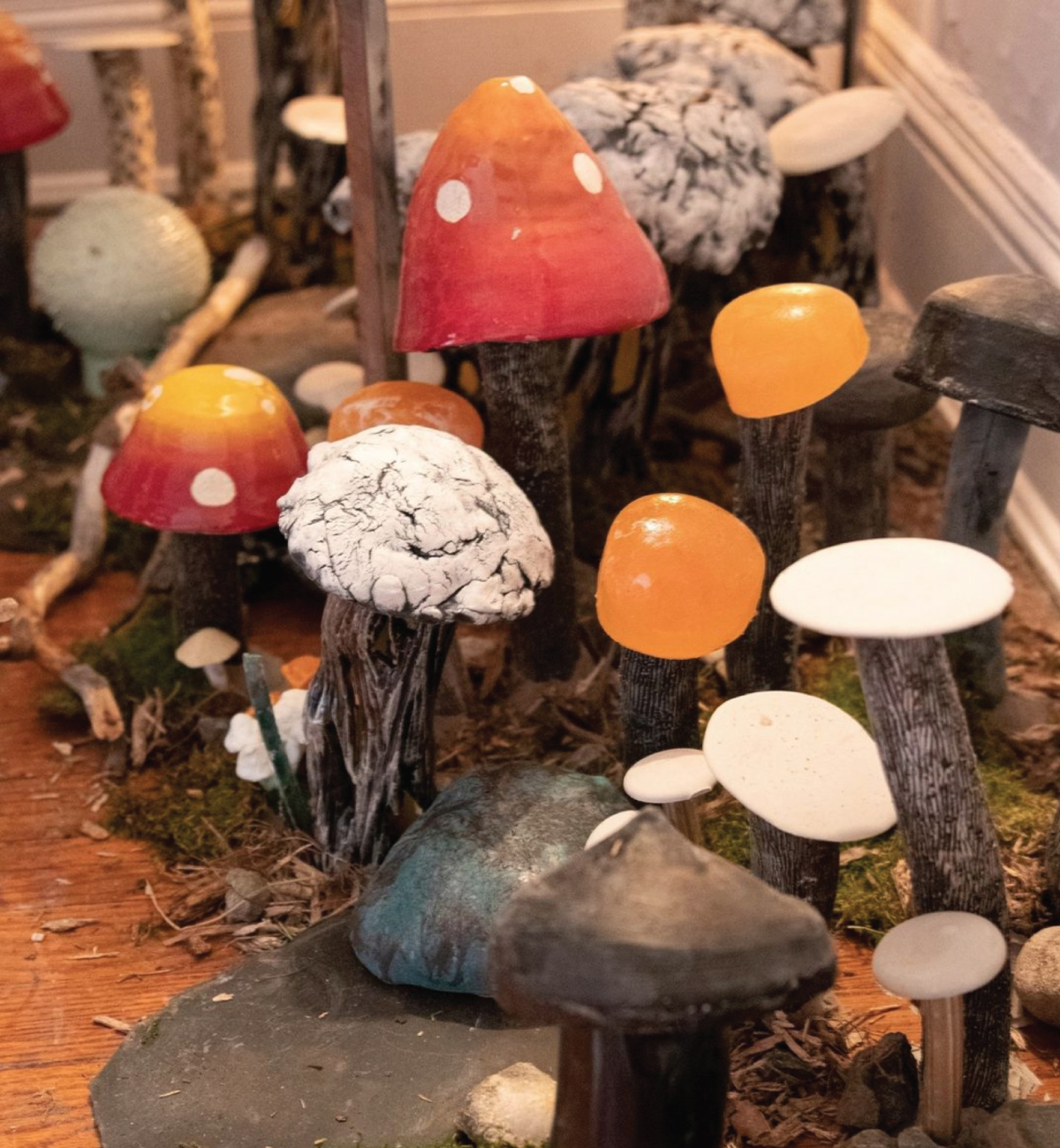
Think Like a Gallatin Student
This spring, Kisinʼs and Holmberg’s seminars will explore the idea of the Anthropocene, an unofficial term for the most recent period in Earth’s history when human activity began to noticeably impact climate. Kisin teaches Art of the Anthropocene while Holmberg instructs Anthropocene Narratives. Together, the two classes explore how artists, activists, and scientists think about this era, with a shared goal of developing ideas for the WetLab’s August 2022 exhibition. And student involvement with the WetLab doesn’t end after graduation. “Many students develop a relationship with the island,” says Kisin.
For instance, Patrick Bova, Gallatin Class of 2018, currently works as the WetLab’s curatorial fellow. He’s also the director of the Nicelle Beauchene Gallery in Tribeca and runs a small gallery, april april, which serves as a platform for emerging artists and poets. “I love working within a site as unique as Governors Island,” he says. “Getting to think alongside Eugenia, Karen, and current Gallatin students while facilitating a space for artists to practice in site-reponsive ways is my favorite part of the job.”
A Hopeful Future
For now, the WetLab is only open from August through November. However, that may change in the near future. Kisin and Holmberg are in talks to make the WetLab a year-round attraction, allowing for many years of art, science, and creativity across classes and cohorts. For those who want to learn more, Kisin and Holmberg have one piece of advice: reach out! Ultimately, affirms Holmberg, the WetLab is for “anyone who’s really interested in that messy experimentation—anyone who just wants that hands-on, practice-based play but with a real rigor to it.”

